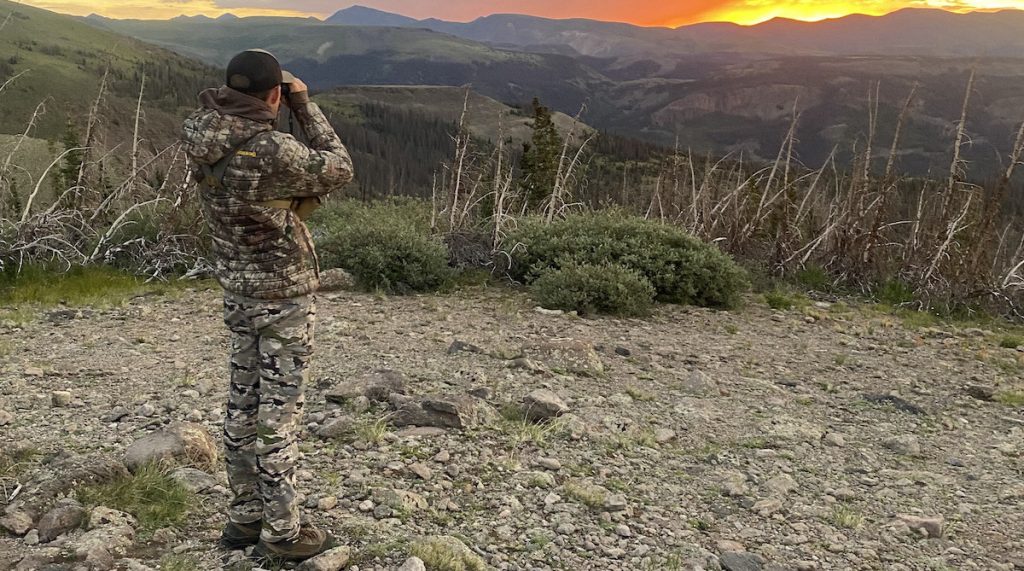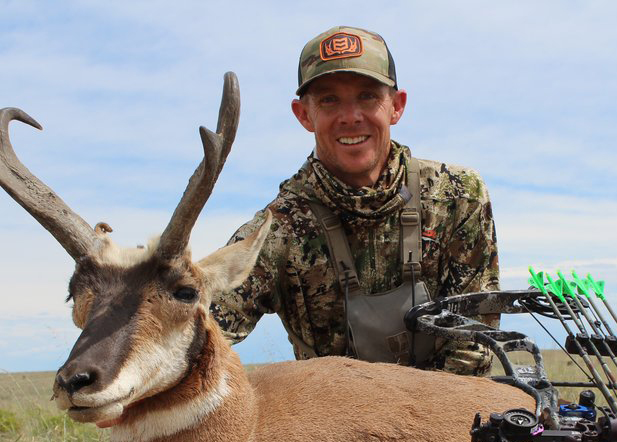Get nasty blister miles from the trailhead, and your hunt could be over, or at the very least, miserable. Slip and fall in rugged terrain because of a bad outsole, and bones could be broken. The bottom line is: Don’t skimp on what you put on your feet. Nothing trumps the importance of a quality pair of hunting boots.
by Jace Bauserman
I fought it for years, and finally, it cost me. Every summer, in July, I would shell out between $70 and $80 — never more than $100 — for a pair of hunting boots. The boots would be flimsy, uncomfortable, poorly designed, and allow moisture inside. But, hey, I was saving a buck.
The elk were screaming, but I couldn’t go. A blister the diameter of a Coke can developed on my right heel, and my left foot had two bleeding in my foot’s arch. I never got close to those elk, and two days later, I had to head home and let my feet heal. Stupid.
Today, I put the best boots I can find on my feet, and this is my early-season western hunting go-to, and a newbie I’m putting through the paces and thus far, is shining like a gem.
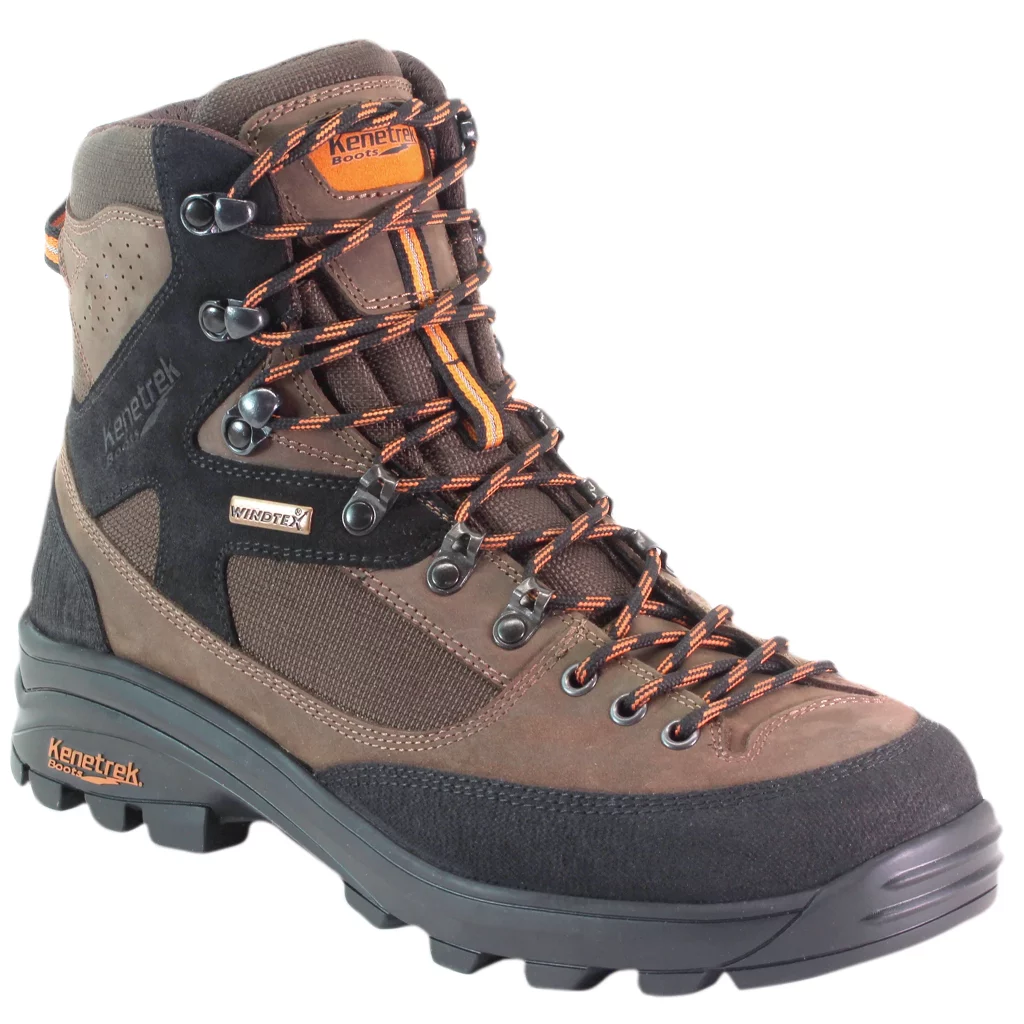
This boot has been the western go-to on elk and bighorn sheep missions as well as pronghorn and turkey forays.
The seven-inch tall build is perfect, not too much and not too little ankle support, and the thick padding around the ankle is appreciated. A break-in period isn’t required, but it is always a good idea. I took the lightweight boots into the backcountry straight out of the box, put 26 miles on them over four days in ultra-rugged terrain, and never got so much as a hot spot on my feet. The boots are ultra-comfortable and grab the ground extremely well.
Don’t freak out about the stiffness if you’ve never slipped your feet into a quality pair of hunting boots. Stiffness is good and promises a quality, support, and years of use. The boots have reinforced double stitching in some areas, and triple stitching in others, which means high-wear areas will stay strong after year after year. These boots are ultra-durable, and the reinforced rubber toe and heel guards boost abrasion resistance. I wore these boots on two scouting trips for Rocky Mountain Big Horn Sheep and during the hunt. The terrain was ultra-steep, and the canyon walls where the sheep thrived were jagged and sharp. The boots performed flawlessly and, most importantly, felt like a good pair of running shoes.
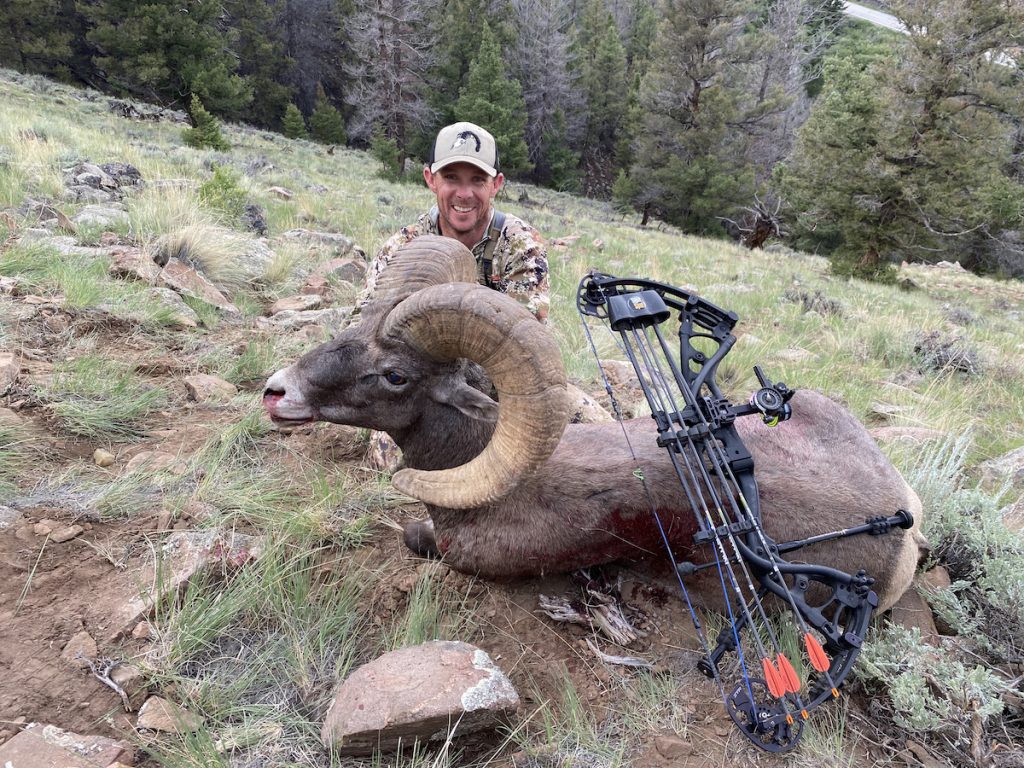
The Corrie II Hiker is made from leather and nylon; traditionally, nylon is not the most waterproof material. I’ve stood in standing water with these boots, crossed small streams, and strolled through dewy mountain grass that would generally soak my feet and stayed totally dry.
Why?
The boots sport a Windtex waterproof membrane that repels water and is breathable and flexible. This membrane keeps the feet dry. Not only do I hate when my feet get wet, but I wouldn’t say I like boots that make my feet feel like they are in a sauna, and early-season temperatures can get hot out West. These boots keep you cool, and when paired with lightweight socks like Kenetrek’s Ultimate Liner Lightweight Over-The-Calf Sock, comfort is boosted, and the sock’s 77 percent polypropylene, 17 percent nylon, 3 percent elastic, and 3 percent lycra makeup wicks away moisture, allows the foot to breathe, and reduces friction, which further thwarts the chance of a blister or hot spot.

When it comes to traction, it doesn’t get much better than Grapon outsoles. These heavy-lug high-grade rubber outsoles grip the terrain and give the boot a balanced feel. Married with the 5mm nylon midsoles, support, and comfort are further boosted.
This 300-dollar boot is one of the best early-season boots I have worn, and I will continue to put my trust in the Corrie II for years to come.

I am an ultra-runner and have completed three 100-mile mountain trail runs and several 50 milers. Why tell you this? Because the fitness craze in western hunting is at an all-time high, and many early-season hunters want a low-profile boot designed like a trail-running shoe.
Enter Zamberlan’s Salthe. I have been wearing the shoe for a week, have put over 40 miles on them, and absolutely love the fit and feel. I pulled them out of the box and went for a three-mile hike on some farm roads, then wore them while changing straps on my treestands, and then did some hinge-cutting and other habitat work on my deer ground. On day one, I had the boots on for nine hours, and they felt like a cloud on my feet. They weren’t hot and cumbersome, and the support they provide is remarkable.
I have abused the boots for a week, and they show no signs of wear and tear, and for a low-profile boot, they provide solid ankle support. I will report back about their performance when I go on a few summer scouting trips in the Rockies.
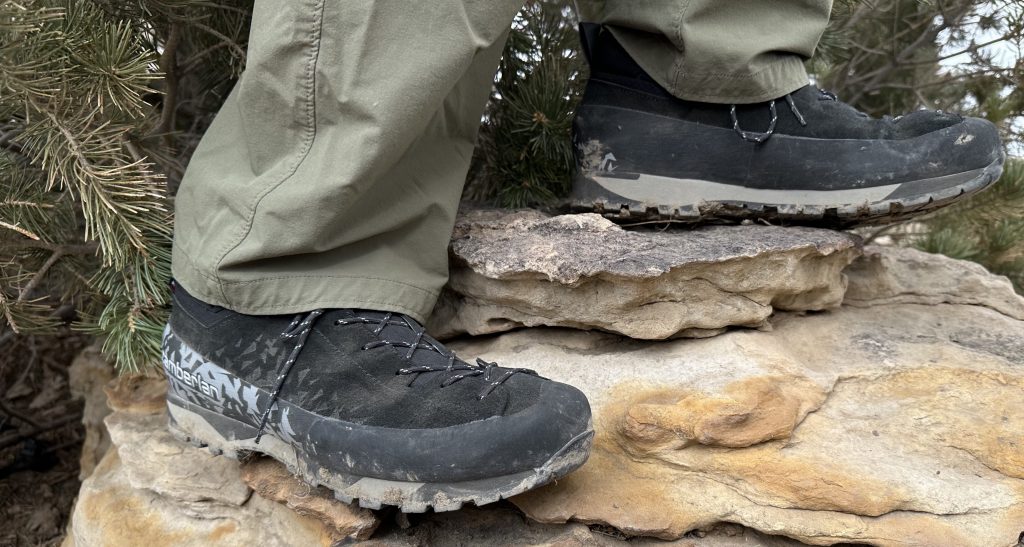
The story behind this boot is that it’s a waterproof hiker that blends the grip and durability of a serious mountain boot with the comfort and feel of a trail shoe. I call it winning! The Vibram Megagrip outsoles are aggressive but not over aggressive. I’ve seen trail running shoes with higher lugs, but that doesn’t matter. The boots grab the ground well and provide remarkable support. Zamberlan’s to-the-toe lacing system works in concert with the new comfort-oriented performance last and stretch over-foot wraps. These boots don’t have a tongue, and I love that.
I can’t wait to continue putting these boots through the paces and see how they perform in the high country in the coming months.
Remember, you only get one pair of feet — take care of them, and they will take care of you. Invest in quality boots and some top-tier socks, and you can go longer and harder in the western woods. And longer and harder typically means finding success on low-odds hunts.
